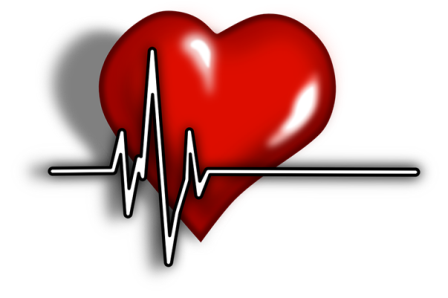Heart attacks vs cardiac arrest: the key differences
Date: Tuesday, 19 April 2016. -
Blog, First Aid, Defibrillators
On numerous occasions, we have seen coverage in the media about someone dying of a suspected heart attack. This diagnosis isn’t entirely accurate because although heart attacks are life threatening they do not result in death. However, a heart attack can develop into a cardiac arrest that if untreated within a few minutes can result in imminent death.
When it’s a matter of life and death, it is important to understand the differences between these two conditions to ensure that the emergency service team get an accurate briefing before they arrive at the scene. Read on to increase your understanding of the important differences between a heart attack and cardiac arrest:
Cardiac Arrest
A cardiac arrest occurs when the heart experiences an electrical malfunction that stops it from performing its crucial role. The most serious cardiac rhythm disturbance is known as ventricular fibrillation that causes the heart’s bottom chambers to quiver in an unsynchronised pattern rather than effectively contracting oxygenated blood around the body. Ventricular tachycardia is also an abnormal type of heart rhythm that causes the ventricle chambers in the heart to contract too quickly meaning that the heart cannot fill up with blood between beats.
When the heart quivers oxygenated blood cannot be pumped around the body which means that vital organs in the body begin to shut down.
The reason that we carry out CPR is to mimic the contractions of the heart, pumping blood around the body. Chest compressions also ensure that the heart remains in a shockable heart rhythm in order for the defibrillator to detect an irregular heartbeat and perform the lifesaving shock that restores the casualty’s heart rhythm to normal.
After a while bystanders carrying out the procedure may become fatigued so it’s important to get a defibrillator to the scene as soon as possible.

Heart Attacks
Heart attacks are caused by a blockage in the artery that is often as a result of blood clots or fatty build-ups as a result of coronary heart disease.
Symptoms of heart attacks in men and women can vary; men experience a sharp shooting pain in the left-hand side of the chest, upper body discomfort in the arms, shoulders and neck, sweating nausea and shortness of breath. Women can experience discomfort in any area of the chest rather than localised pain on the left side, they are also more likely to experience pain in their arms, back, neck and jaw.
If you suspect someone is having a heart attack you should dial 999 immediately; if they don’t receive immediate treatment they are at high risk of severely damaging their heart and experiencing a cardiac arrest. Whilst you wait for the emergency services to arrive you can give them a 300mg aspirin tablet to chew slowly, providing that they do not have an allergy towards this medication.
So there you have it - the full breakdown of the differences between a heart attack and sudden cardiac arrest! Do you think that you could offer assistance to someone experiencing SCA or a heart attack? Build up your repertoire of first aid knowledge with the support of our experienced first aid trainers by taking an accredited first aid course.
